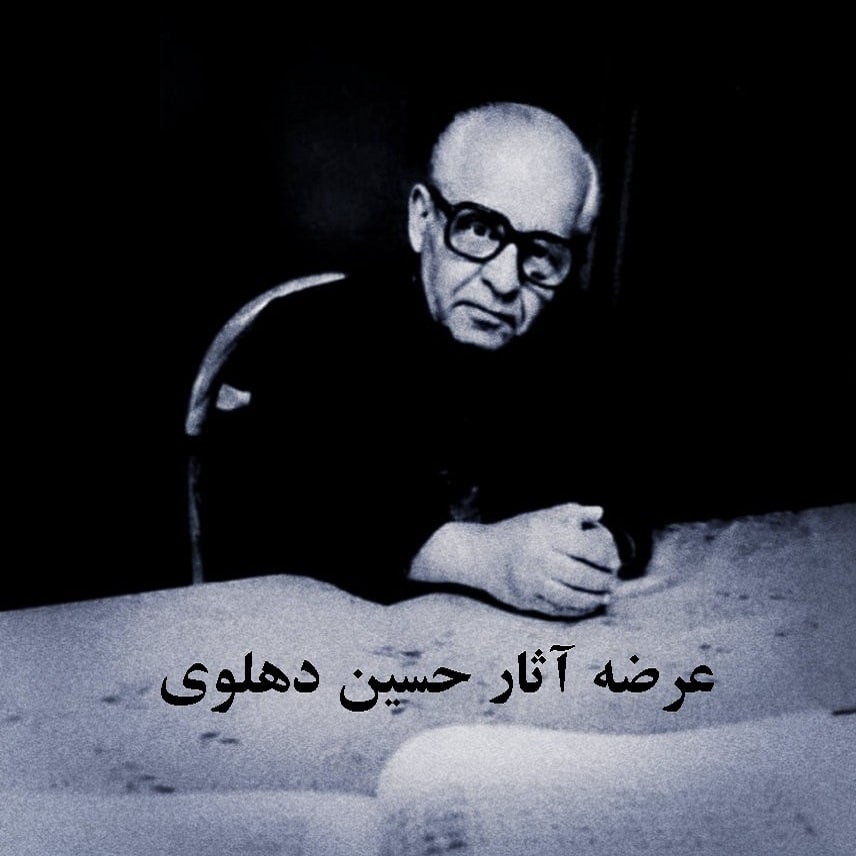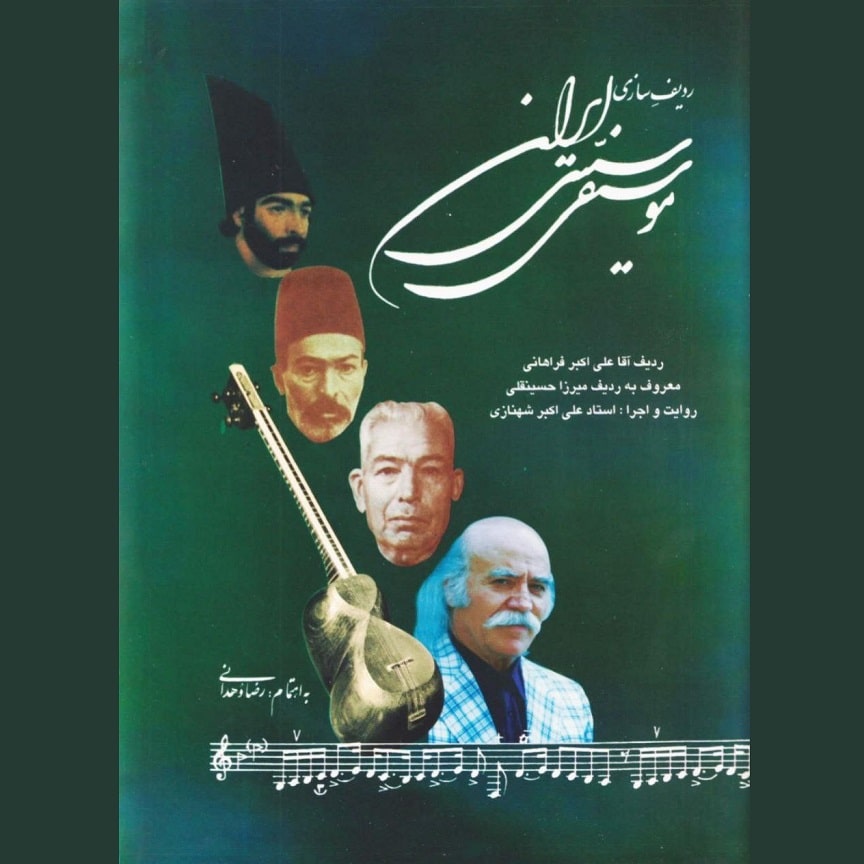معانی موسیقایی در موسیقی غیرغربی، از دیدگاه روانشناختی بررسی نشدهاند، هرچند این مسئله با توجه به میزان اندک مطالعات موسیقیشناختی در فرهنگ غیرغربی، در مقایسه با فرهنگ غربی، چندان تعجبآور نیست. مسئلهی معنای موسیقی تنها زمانی میتواند به کمک علوم شناختی به درستی مطرح میشود که معانی مشروح در متون پرشمار قومموسیقیشناسی، مرکز تحقیقات روانشناختی قرار گیرند.
افزون بر این، موضوع بیشتر رویکردهای تجربی به معنای موسیقی، فرایندهای مرتبط با گوش دادن به موسیقی را موضوع مطالعات خود قرار میدهند. این نگاه با بسیاری از رویکردهای فلسفی و جامعهشناختی نیز هماهنگ است (استثنای در خور یادآوری در این خصوص، کار Finnegan 1989 در زمینهی جامعهشناسیست) درحالیکه یافتههای قومموسیقیشناسی نشان میدهند که موسیقی به مثابه کنشی متقابل بهتر فهمیده میشود تا ابژهای شنیداری.
علوم روانشناختی نیز نیازمندندکه ابزارهایی برای بررسی معناهایی را که در ذات فرایندهای تعاملی موسیقی وجود دارند یا از آن ناشی میشوند، پیدا کنند که پژوهشهایی جهت رسیدن به روشهای احتمالی و دستیابی به آن درحال انجام است (برای نمونه نک Clayton 2007). در نهایت علوم شناختی در موسیقی نیازمند اصلاح و آمادهسازی رویکردهای نوین به معنا خواهند بود.
در نهایت علوم شناختی نیازمند اصلاح و فراهم کردن رویکردهای نوین به معنای موسیقایی متناسب با این نیاز خواهند بود؛ مانند نظریهی «تلهی معنا»ی میلیکان (Millikan) (2004) که معنا را درچهارچوبی پویا ارائه کردهاست.
بعید است بتوان با یک نظریهی کاربردی و جامع موضوع معنای موسیقی را توضیح داد. همچنین بعید است به مسئلهی معنای موسیقی صرفاً با یک روش علمی پاسخ گفت. برخی از موارد مهم در بررسی معنای موسیقی در بررسیهای علمی تأثیر بیشتری داشتهاند؛ در حالیکه برخی دیگر بیجهت نادیده گرفته شدهاند. تحقیقات نظری و عملی در این زمینه و در علوم شناختی، هنوز در مراحل ابتدایی است.
وجود دیدگاهی چند جانبه در حوزهی معنای موسیقی اهمیت فراوانی دارد؛ بهویژه در نگرشهای نوظهوری که برخاسته از بررسی موسیقی در بافت غیرغربی آن هستند. این نگرشها، میبایست در بررسیهای آتیِ علوم شناختی در باب معنای موسیقی، بطور کامل مدنظر قرار گیرند.
مراجع
Adorno, T.
1976 Introduction to the sociology of music, New York: Seabury Press.
Berlyne, D. E.
1971 Aesthetics and psychobiology. New York: Appleton- Century-Crofts.
Blacking, J.
1967 Venda Children’s Songs: a study in ethnomusicological analysis, Johannesburg: Witwatersrand University Press.
Blood, A. J., & Zatorre, R. J.
2001 “Intensely pleasurable responses to musiccorrelate with activity in brain regions implicated in reward and emotion”.
Proceedings of the National Academy of Sciences, 98(20), 11818-11823.
Bohlman, P.
2000 “Ethnomusicology and music sociology”, In D. Greer (Ed.), Musicologyand sister disciplines, Oxford: OUP, pp: 288-298.
Born, G & Hesmondalgh, D. (Eds).
2000 Western music and others: difference, representation and appropriation in music, Berkeley: University of California Press.
Bourdieu, P.
1990 The logic of practice, Stanford: Stanford University Press.
Brower, C. (2000). A cognitive theory of musical meaning. Journal of Music Theory, 44(2), 323-379.
Clayton, M.
2007 “Observing entrainment in music performance: video based observational analysis of Indian musicians’ tanpura playing and beat marking”, Musicae Scientiae, 11(1): 27-60.
Cook, N.
2001 “Theorizing musical meaning”, Music Theory Spectrum, 23(2): 170-195.
Cross, I., & Woodruff, G. E.
2008 “Music as a communicative medium”, In R. Botha & C. Knight (Eds), The prehistory of language, Oxford: Oxford University Press, Vol. 1, pp. 113-144.
Davies, S.
1994 Musical meaning and expression, Ithaca, NY: Cornell University Press.
Davies, S. (2001). Philosophical perspectives on music’s expressiveness. In P. Juslin & J. A. Sloboda (Eds.), Music and emotion:
theory and research (pp. 23-44). Oxford: Oxford University Press.
2003 Themes in the philosophy of music, Oxford: Oxford University Press.
Dempster, D.
1998 “Is there even a grammar of music?” Musicae Scientiae, 2(1): 55-64.
Dennett, D.
1987 The intentional stance. Cambridge, Mass: MIT Press.
1995 Darwin’s dangerous idea, London: Penguin Books.
DeNora, T.
2000 Music and everyday life. Cambridge, Cambridge University Press.
Feld, S., & Fox, A. A.
1994 “Music and language”, Annual Review of Anthropology, 23: 25-53.
Grayling, A. C. (Ed.).
2000 Philosophy : a guide through the subject, Oxford: Oxford University Press.
Hoopes, J. (Ed.).
1991 Peirce on signs: Writings on semiotic by Charles Sanders Peirce. Chapel Hill: University of North Carolina Press.
Jackendoff, R.
1987 Consciousness and the computational mind, Cambridge, MA: M.I.T. Press.
2002 Foundations of language: brain, meaning, grammar, evolution, Oxford: Oxford University Press.
James, J.
1993 The music of the spheres: music, science and the natural order of the universe, London: Little, Brown & Co. (UK).
Johnson, M.
1987 The Body in the Mind:The Bodily Basis of Meaning, Imagination and Reason, Chicago: Chicago University Press.
Johnson-Laird, P. N.
1983 Mental models, Cambridge: C.U.P.
Juslin, P., & Sloboda, J. A. (Eds)
2001 Music & emotion: theory and research, Oxford: OUP.
Koelsch, S. Kasper, E. Sammler, D. Schultze, K. Gunter, T. & Frederici, A.
2004 Music, language and meaning: brain signatures of semantic processing. Nature
Neuroscience, 7(3), 302-307.
Kramer, L.
1995 Music and postmodernist thought, London: University of California Press.
Lakoff, G.
1987 Women, fire and dangerous things, Chicago: University of Chicago Press.
Larson, S.
1998 Musical forces and melodic patterns. Theory and Practice, 22/23, 55-71.
Larson, S.
2002 Musical forces, melodic expectation, and jazz melody. Music Perception, 19(3), 351-385.
Larson, S.
2004 Musical forces and melodic expectations: Comparing computer models and experimental
results. Music Perception, 21(4),457-498.
Larson, S. & VanHandel, L.
2005 Measuring musical forces. Music Perception, 23(2), 119-136.
Lerdahl, F.
2003 “Two ways in which music relates to the world”, Music Theory Spectrum, 25(2): 367-373.
MacDonald, R., Hargreaves, D., & Miell, D.
2002 Musical Identies, Oxford: Oxford University Press.
Martin, P.
1995 Sounds and Society: Themes in the Sociology of Music, Manchester: Manchester University Press.
McClary, S.
1991 Feminine endings: music, gender and sexuality, Minnesota: University of Minnesota Press.
Merriam, A. P.
1964 The anthropology of music, Chicago: Northwestern University Press.
Nattiez, J.-J.
1990 Music and discourse: toward a semiology of music, Princeton, NJ: Princeton University Press.
North, A. C., & Hargreaves, D. J.
1995 Subjective complexity, familiarity, and liking for popular music.
Psychomusicology, 14, 77–۹۳.
Orr, M. G., & Ohlsson, S.
2005 Relationship between complexity and liking as a function of expertise. Music
Perception, 22(4), 583-611.
Palisca, C.
1985 Humanism in Italian Renaissance musical thought, New Haven, CT: Yale University Press.
Raffman, D.
1993 Language, music and mind, Cambridge, Mass: M.I.T. Press.
Scruton, R.
1987 “Analytical philosophy and the meaning of music”, Journal of Aesthetics and Art Criticism, 46: 169-176.
1997 The aesthetics of music. Oxford: Clarendon Press.
Sibley, F.
1959 “Aesthetic concepts”, Philosophical Review, 68: 421-450.
Slobin, M.
1993. Subcultural sounds: micromusics of the West. Hanover: Weslyan UniversityPress.
Sloboda, J. A., O Neill, S. A., & Ivaldi, A.
2001. Functions of music in everyday life: an exploratory study using the Experience Sampling Method. Musicae Scientiae 5(1), 9-32.
Sparshott, F.
1998 “Reflections on Affektenlehre and Dance Theory in the Eighteenth Century”, The Journal of Aesthetics and Art Criticism, 56(1): 21-28.
Sparshott, F., & Goehr, L.
2001 “Philosophy of music: Early Christian thought; Medieval thought”, In S. Sadie (Ed.), The New Grove Dictionary of Music and Musicians, London: Macmillan, Vol. 19: pp. 608-611.
Tarski, A.
1956 Logic, semantics. mathematics: papers from 1923 to 1938 (J. H. Woodger, Trans.), Oxford: Oxford University Press.
Thomas, D. A.
۱۹۹۵ Music and the origins of language: theories from the French Enlightenment, Cambridge: Cambridge University Press.
Titon, J. T., & Slobin, M.
1996 “The music-culture as a world of music”, In J. T. Titon (Ed.), Worlds of music: an introduction to the music of the world’s peoples, New York: Schirmer Books, pp: 1-15.
Tolbert, E.
2001. Music and meaning: An evolutionary story. Psychology of Music, 29, 89-94.
Violi, P.
1999 “Semiotics and cognition”, In R. A. Wilson & F. C. Keil (Eds.), The MIT encyclopedia of cognitive sciences (pp. 744-745). Cambridge, MA: MIT Press.
Wollheim, R.
1980 Art and its objects (2nd ed.), Cambridge: Cambridge University Press.
Zbikowski, L. M.
2002 Conceptualizing music: cognitive structure, theory and analysis. Oxford:
Oxford University Press
مجله شهر کتاب



























۱ نظر